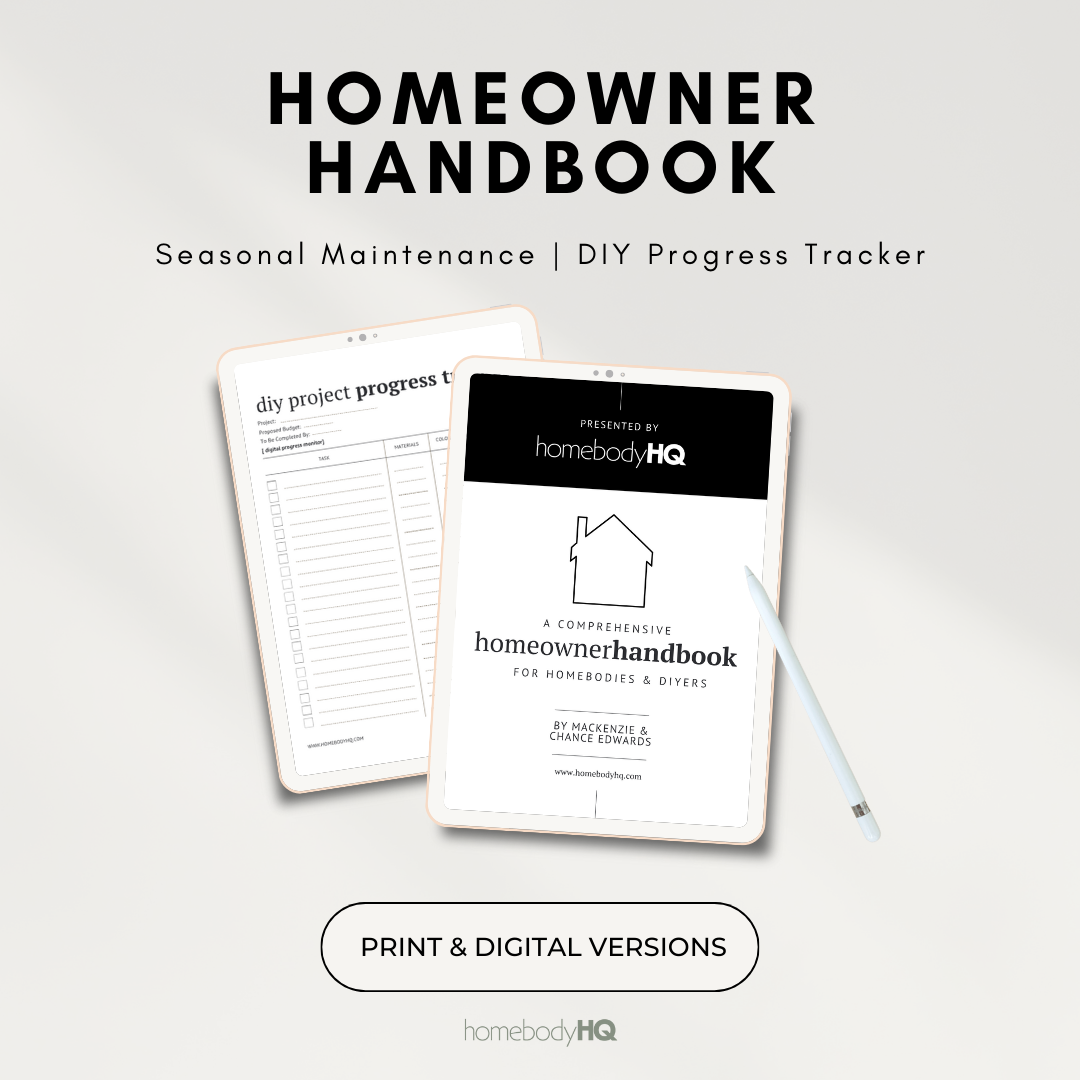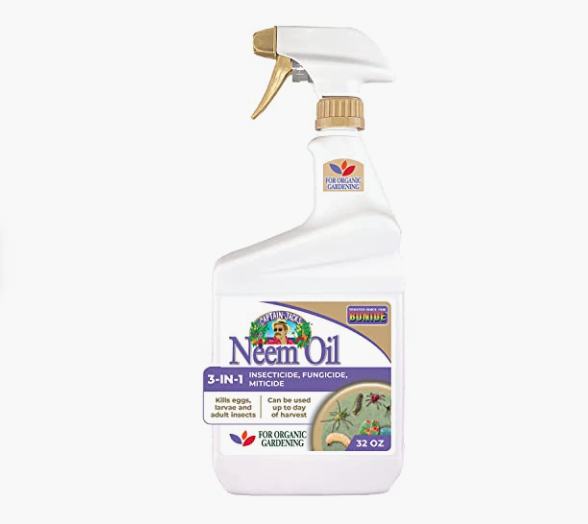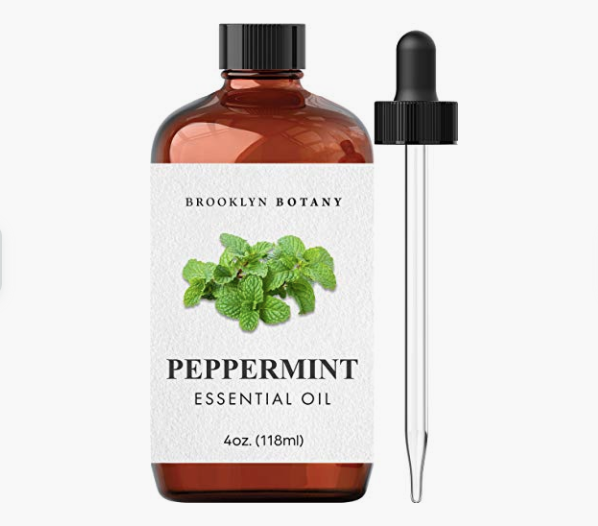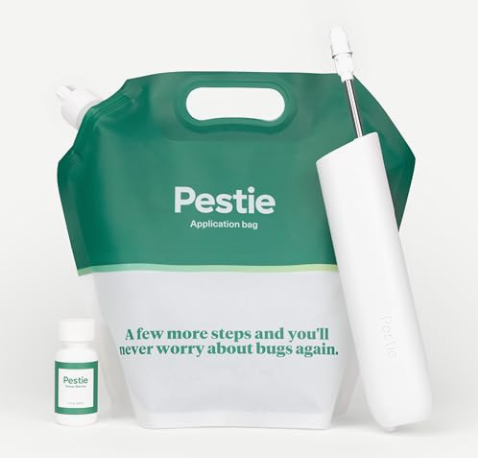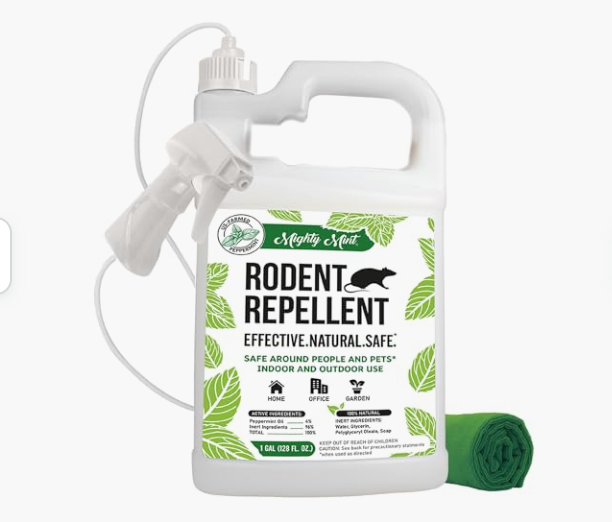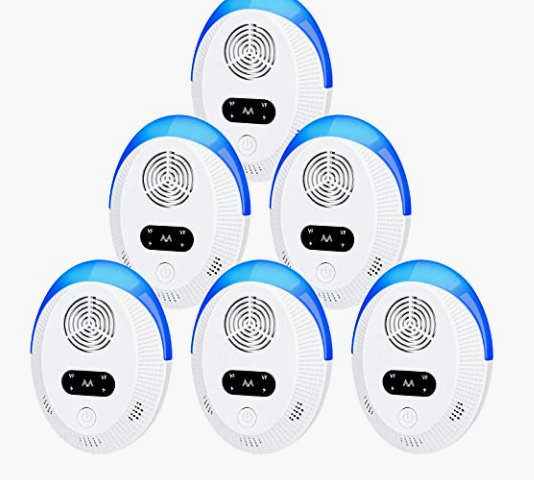Everything Homeowners Should Know About Pest Control
Maintaining a pest-free home is crucial for the well-being of your family and the integrity of your property. Pests not only pose health risks but can also cause structural damage, leading to costly repairs. This comprehensive guide will cover everything you need to know about pest maintenance, including the best timing to begin, the pests to protect against, the importance of pest control, when to hire professionals versus DIY methods, where to spray, natural pest control options, and frequently asked questions.
Why Pest Maintenance is Important
Health Risks
Pests like rodents, cockroaches, and mosquitoes are carriers of various diseases. Rodents can spread Hantavirus, cockroaches can trigger allergies and asthma, while mosquitoes are notorious for transmitting diseases such as West Nile virus and Zika. Proper pest control is essential to safeguard the health of your family.
Property Damage
Termites, carpenter ants, and other wood-destroying insects can wreak havoc on your home's structure. Timely pest maintenance can prevent significant damage and save you from expensive repairs.
Preservation of Belongings
Pests such as moths, beetles, and silverfish can damage clothing, books, and other belongings. Maintaining a pest-free environment ensures the longevity of your possessions.
Best Timing to Begin Pest Maintenance
Spring
Spring is an ideal time to begin pest maintenance, as many pests become active during this season. Insects like ants, termites, and mosquitoes start their reproductive cycles, making it crucial to address potential infestations early.
Fall
As temperatures drop in the fall, pests seek shelter indoors. Rodents, spiders, and cockroaches are more likely to invade your home during this time. Conducting pest maintenance in the fall helps fortify your home against winter invaders.
Year-Round Vigilance
While spring and fall are critical times for pest maintenance, it's essential to adopt a year-round approach. Regular inspections and preventive measures ensure that your home remains pest-free in all seasons.
Pests to Protect Against
Termites: Termites are silent destroyers, causing extensive damage to wooden structures. Regular inspections and treatment are essential to prevent infestations.
Rodents: Rats and mice not only spread diseases but can also gnaw through electrical wiring and insulation. Seal entry points and employ traps or bait stations to keep rodents at bay.
Ants: Ants can quickly become a nuisance, invading your kitchen and pantry. Identify and seal entry points, and use ant baits to control infestations.
Mosquitoes: Apart from being annoying, mosquitoes transmit diseases. Eliminate standing water around your property, use mosquito repellents, and consider mosquito nets for added protection.
Cockroaches: Cockroaches are notorious for triggering allergies and asthma. Keep your home clean, seal entry points, and use insecticidal baits to control cockroach populations.
DIY vs. Professional Pest Control
DIY Methods
For minor pest issues, DIY methods can be effective. Use store-bought insecticides, traps, and repellents to address small infestations. Regular cleaning, proper waste disposal, and sealing entry points are crucial preventive measures. There are many DIY pest control solutions now that send pet and kid-safe sprays to your door. It saves you money on hiring someone and paying the labor, but you must stay on top of it.
Professional Pest Control
When faced with extensive infestations or recurring pest problems, hiring professionals is often the best solution. Pest control experts have the knowledge, experience, and access to more potent treatments to eradicate pests safely and effectively.
Average Costs
The cost of hiring a professional pest control service can vary based on factors such as the type of pest, the severity of the infestation, and the size of your property. On average, homeowners can expect to pay anywhere from $100 to $300 for a one-time treatment. However, more extensive infestations or ongoing pest control plans may incur higher costs.
Rodent Control: Single treatments for rodent control might cost between $150 and $300. This includes the inspection, treatment, and follow-up visits.
Termite Treatment: Termite treatments can range from $500 to $2,500, depending on the method used (liquid, bait, or fumigation) and the size of the infestation.
Bed Bug Extermination: Bed bug treatments typically range from $500 to $1,500, considering the complexity of the infestation and the number of rooms affected.
General Pest Control Maintenance Plans: Many pest control companies offer annual or quarterly maintenance plans. These can cost between $300 and $700 per year, depending on the frequency of visits and the services included.
Common Annual Service Overview
An annual pest control service is a proactive approach to keeping your home pest-free. Investing in a professional pest control service ensures a comprehensive and proactive approach to pest management. While the initial costs may vary, the long-term benefits, including a pest-free home and potential savings on future repairs, make it a worthwhile investment. Annual or quarterly maintenance plans not only address current issues but also serve as a preventative measure to keep your home protected year-round.
Here's what a typical annual plan might include:
Inspection: A professional pest control technician will conduct a thorough inspection of your property to identify current or potential pest issues. They will examine common entry points, assess the extent of any infestations, and determine the most effective treatment plan.
Exterior Treatment: The technician will apply a barrier treatment around the exterior of your home to prevent pests from entering. This may involve the use of liquid insecticides, granules, or other appropriate treatments based on the specific needs of your property.
Interior Treatment (if necessary): If pests are found inside your home during the inspection, targeted interior treatments will be applied. This may include the use of baits, traps, or residual insecticides in specific areas where pests are active or likely to enter.
Follow-Up Visits: Depending on the severity of the pest issues and the chosen maintenance plan, quarterly or bi-annual follow-up visits may be scheduled. These visits help reinforce the exterior barrier and address any emerging pest concerns.
Recommendations and Prevention Tips: The pest control technician will provide recommendations for preventing future infestations. This may include sealing entry points, maintaining proper sanitation, and implementing other measures to reduce the risk of pests returning.
Documentation: A reputable pest control service will provide you with a detailed report of the inspection findings, the treatments applied, and any recommendations for ongoing prevention. This documentation is valuable for tracking the effectiveness of the service and for future reference.
Where to Spray
Exterior
Create a barrier around your home by spraying insecticides along the perimeter, focusing on entry points such as windows, doors, and foundation cracks. Pay attention to areas where utilities enter the house, as pests often use these as entry points.
Interior
Target areas inside your home where pests are likely to hide or enter, such as basements, attics, and crawl spaces. Pay special attention to kitchens and bathrooms, as these are common areas for insect infestations.
Specific Pest Hotspots
Identify specific hotspots for certain pests. For example, treat pet sleeping areas for fleas and ticks, and use termite treatments near wooden structures.
Natural Pest Control Methods
Diatomaceous Earth: a natural powder that effectively controls various pests, including ants, roaches, and fleas. Sprinkle it in problem areas, and it will dehydrate and kill insects.
Neem Oil: a natural pesticide with antifungal and antibacterial properties. It is effective against a wide range of pests, including aphids, mites, and beetles.
Essential Oils: peppermint, lavender, and eucalyptus, have natural insect-repelling properties. Mix these oils with water and spray in areas prone to infestations.
Beneficial Insects: introduce predatory insects like ladybugs and praying mantises to your garden to control pest populations naturally.tions
Frequently Asked Questions (FAQs)
1. How often should I conduct pest maintenance?
Regular inspections and maintenance should be done at least once every season. However, if you live in an area prone to specific pests, more frequent checks may be necessary.
2. Are chemical insecticides safe for pets and children?
Many insecticides are formulated to be safe when used as directed. However, exercise caution, and consider using natural alternatives in areas accessible to pets and children.
3. When should I hire a professional pest control service?
Consider hiring professionals if you have a severe infestation, are dealing with a persistent pest problem, or if you're unsure about handling certain chemicals safely.
4. Can I perform pest maintenance in winter?
Yes, winter is an excellent time to address potential issues with rodents seeking shelter indoors. Conduct inspections and seal any gaps or openings.
5. How do I know if I have a termite infestation?
Look for signs such as discarded wings, mud tubes near the foundation, or hollow-sounding wood. If you suspect termites, consult with a pest control professional for a thorough inspection.
6. Can I use DIY methods for bed bug control?
While some DIY methods may help in controlling bed bugs, a professional pest control service is often recommended for effective bed bug elimination. Bed bugs are resilient, and their eradication usually requires specialized treatments.
7. Are ultrasonic pest repellent devices effective?
The effectiveness of ultrasonic devices in repelling pests is still debated. While some studies suggest limited efficacy, it's essential to note that these devices may not work for all pests, and their success can vary.
8. How can I prevent attracting pests to my garden?
Practice good garden hygiene by removing debris, regularly pruning plants, and disposing of overripe fruits. Additionally, consider companion planting, which involves growing specific plants together to deter pests naturally.
9. What's the difference between pest control and pest prevention?
Pest control involves addressing existing pest issues, often through the use of chemicals or traps. On the other hand, pest prevention focuses on creating conditions that discourage pests from entering or thriving in your home, such as proper sanitation, sealing entry points, and using natural deterrents.
10. Are there environmentally friendly pest control options?
Yes, several eco-friendly pest control options exist, such as introducing beneficial insects, using natural repellents like essential oils, and opting for pesticide formulations with low environmental impact. These methods can help control pests while minimizing harm to the ecosystem.
11. How long does it take to see results from pest control treatments?
The time it takes to see results depends on the type of pest, the severity of the infestation, and the chosen treatment method. Some pests may be controlled quickly, while others may require multiple treatments over several weeks.
12. What can I do to keep my home pest-free during vacations?
Before leaving for a vacation, ensure that your home is thoroughly cleaned, and all food is properly stored. Seal entry points, and consider using timed lights to create the illusion of an occupied home. Additionally, arrange for a friend or neighbor to check on your property periodically.
Pest maintenance is a vital aspect of homeownership, contributing to the health, safety, and longevity of your property. By understanding the best timing for pest control, identifying common pests, and implementing a combination of DIY and professional methods, you can create a pest-resistant environment. Utilizing natural pest control methods adds an eco-friendly dimension to your efforts, safeguarding your home without compromising the health of your family or the environment. Stay vigilant, act promptly, and enjoy a pest-free home year-round.






